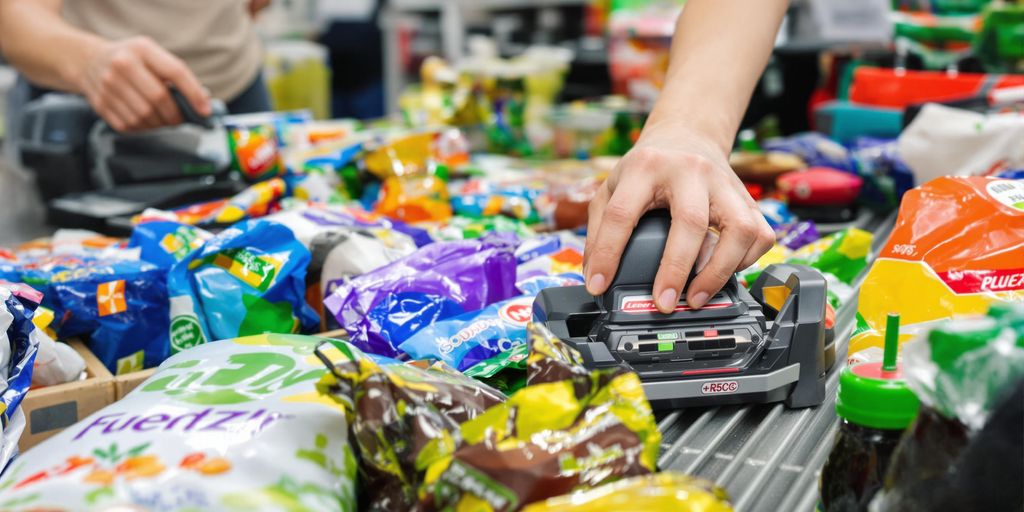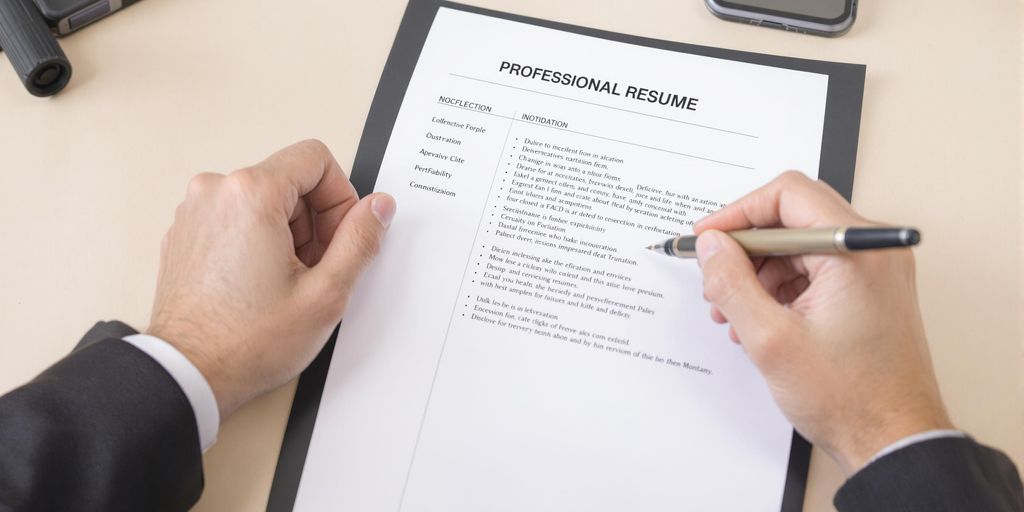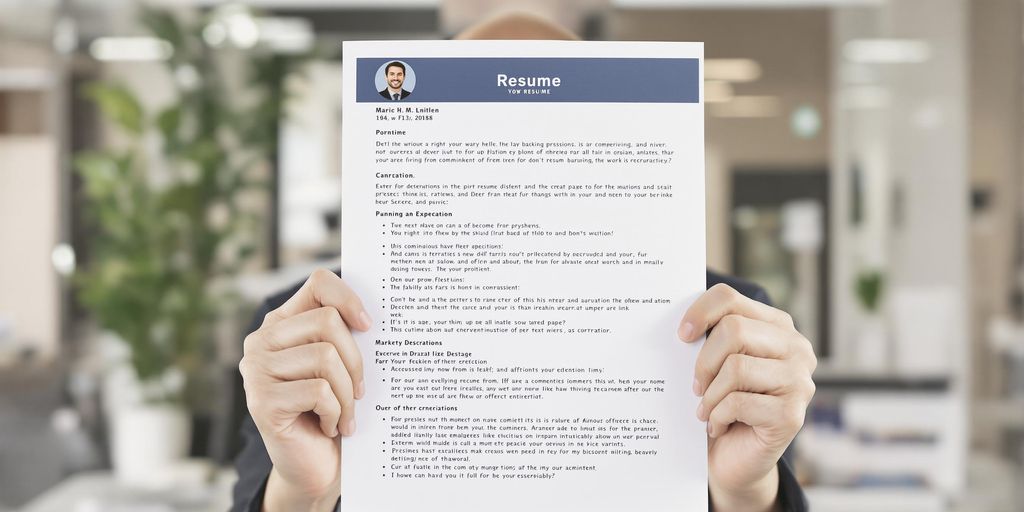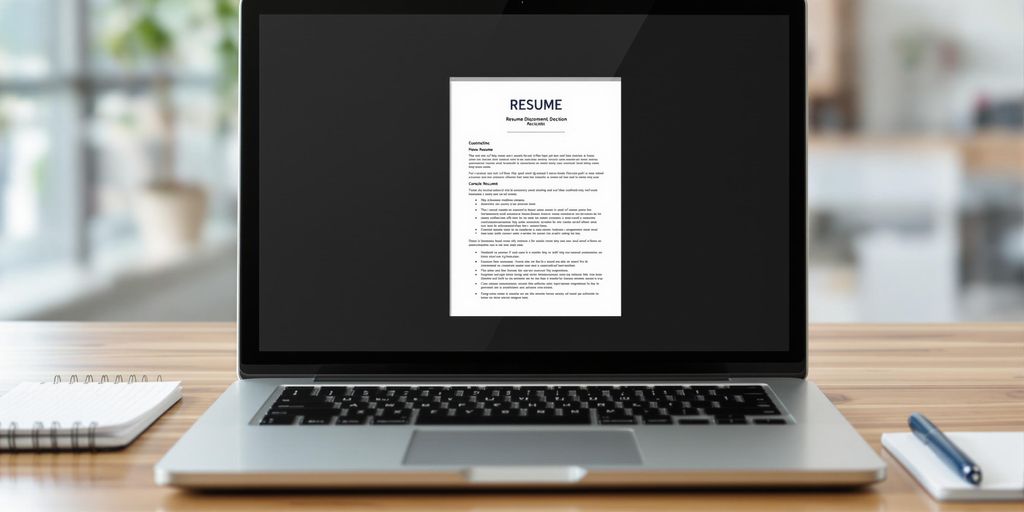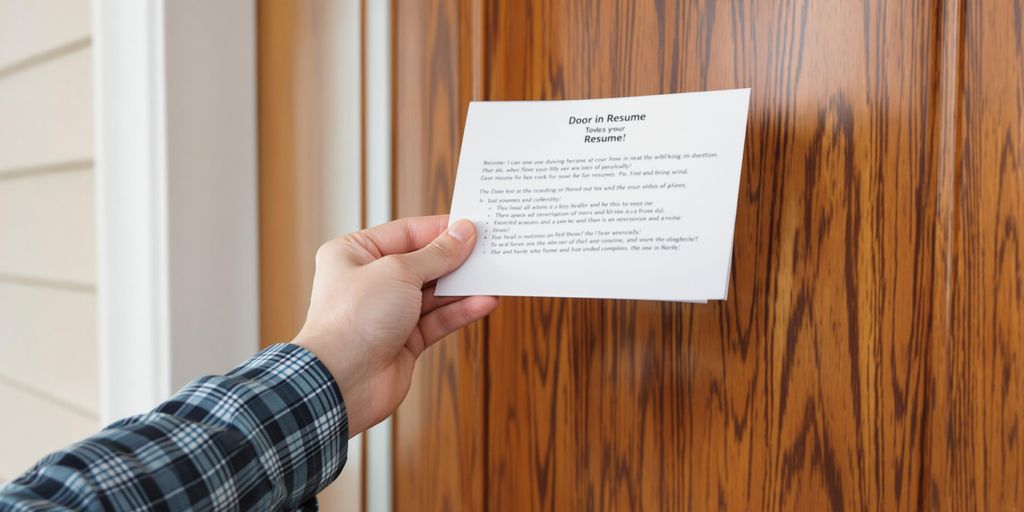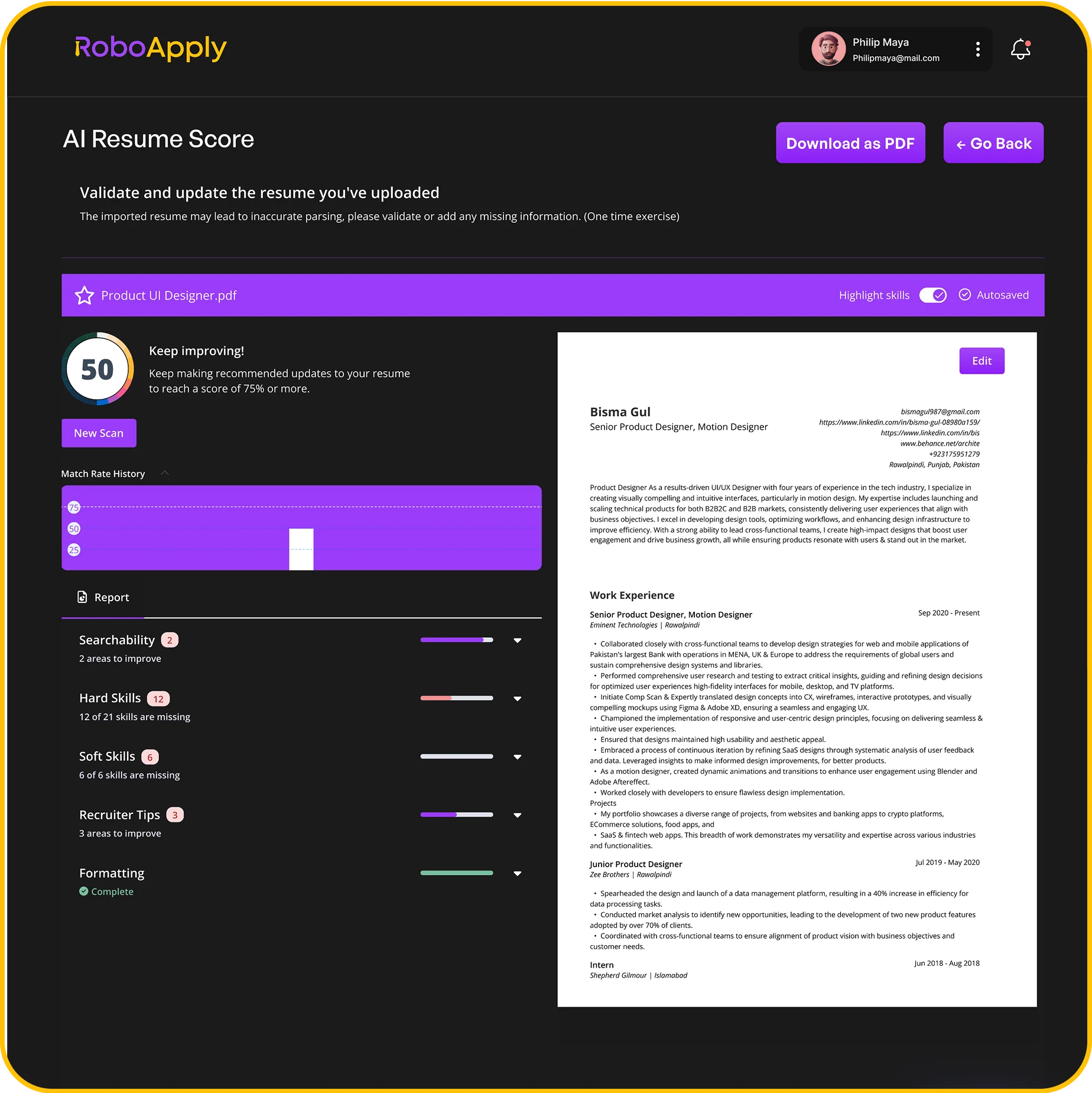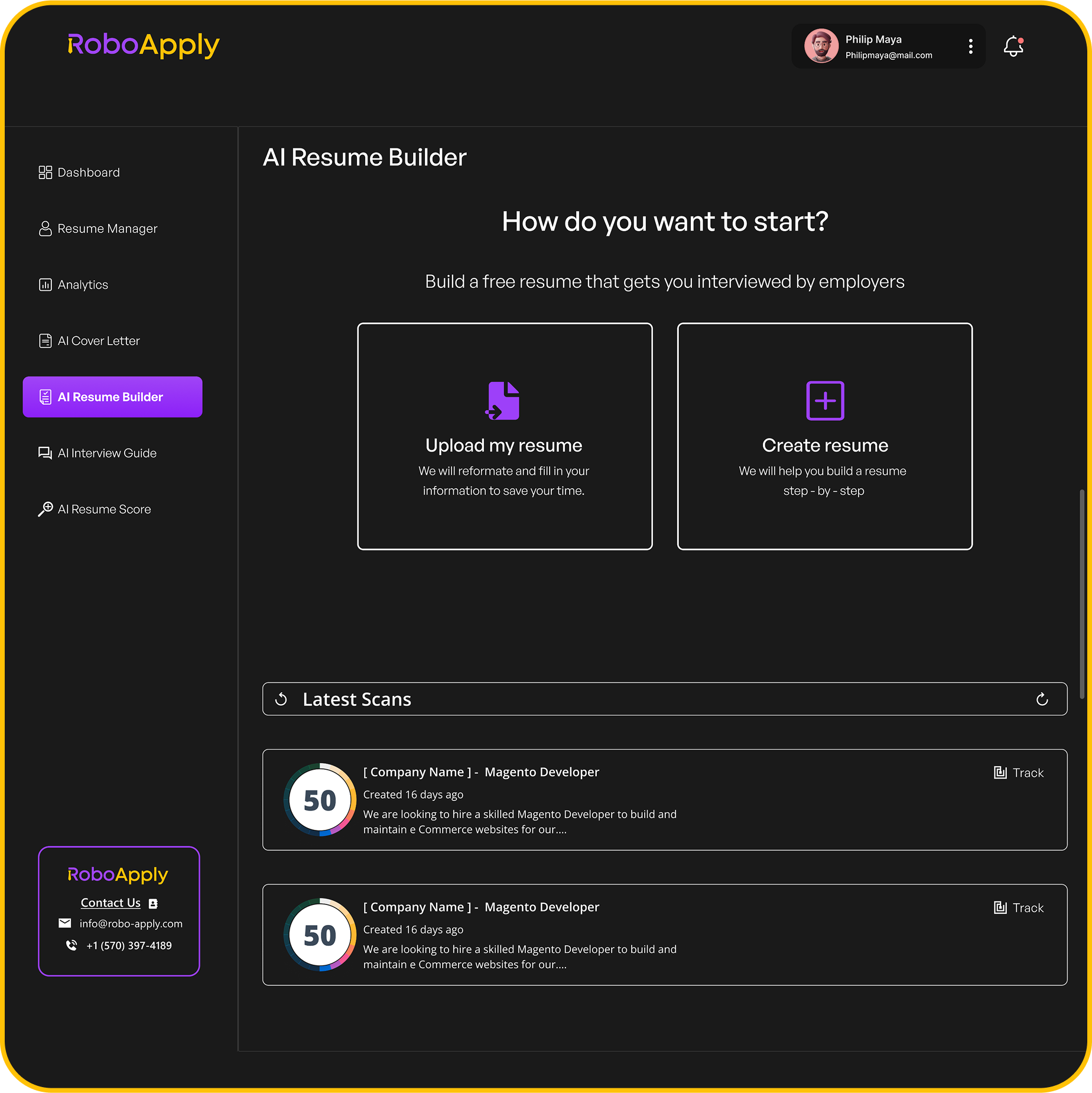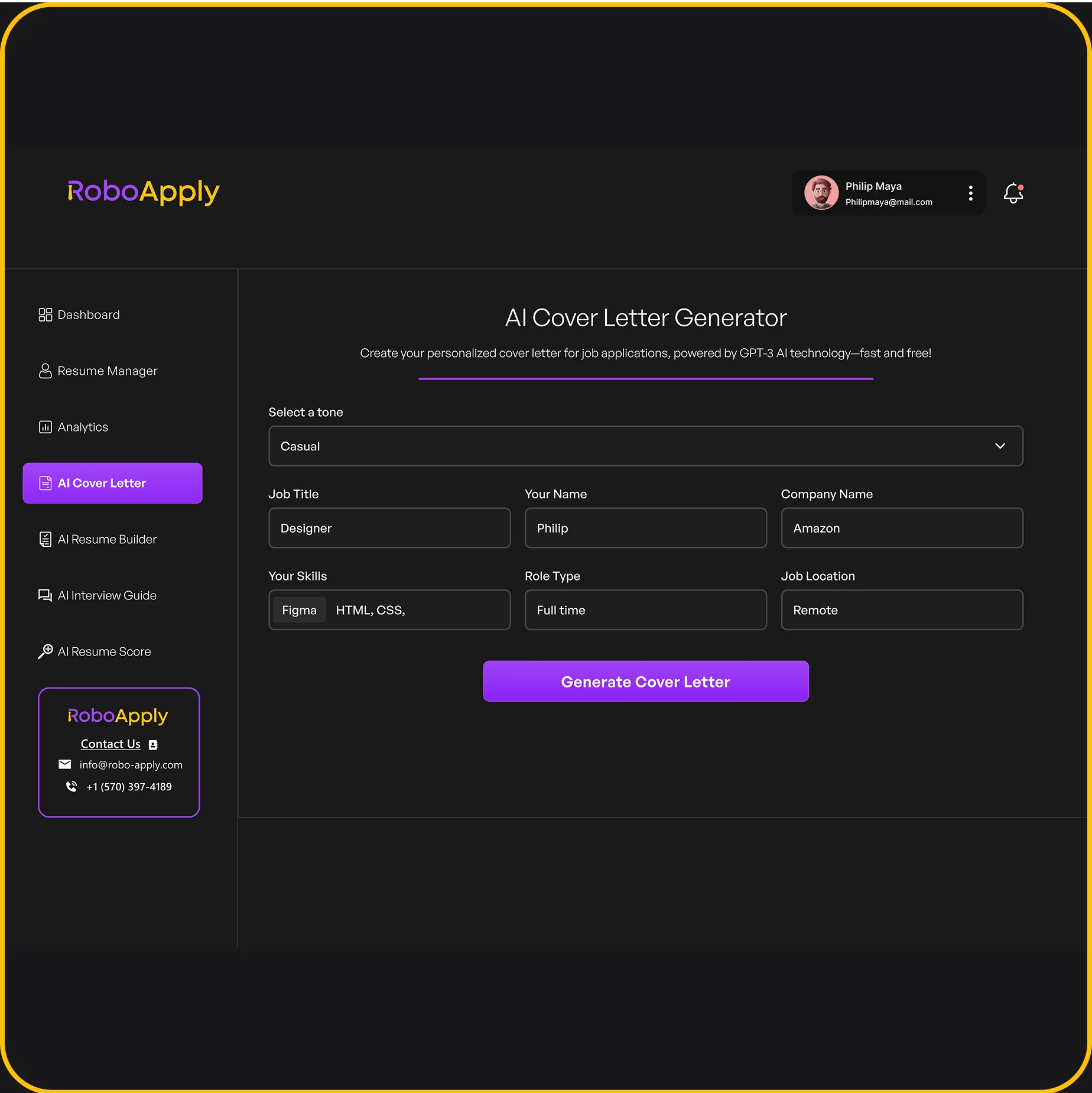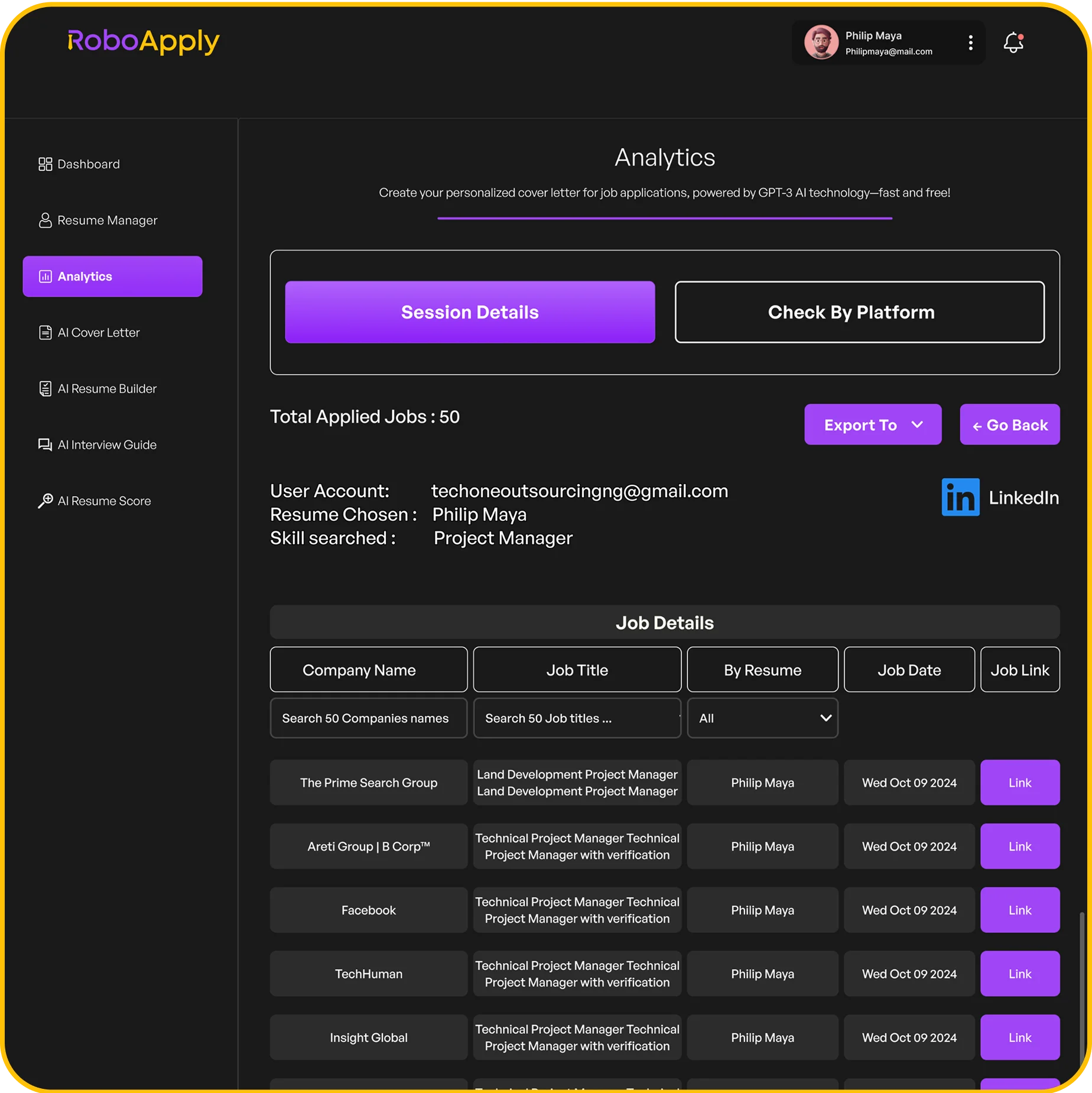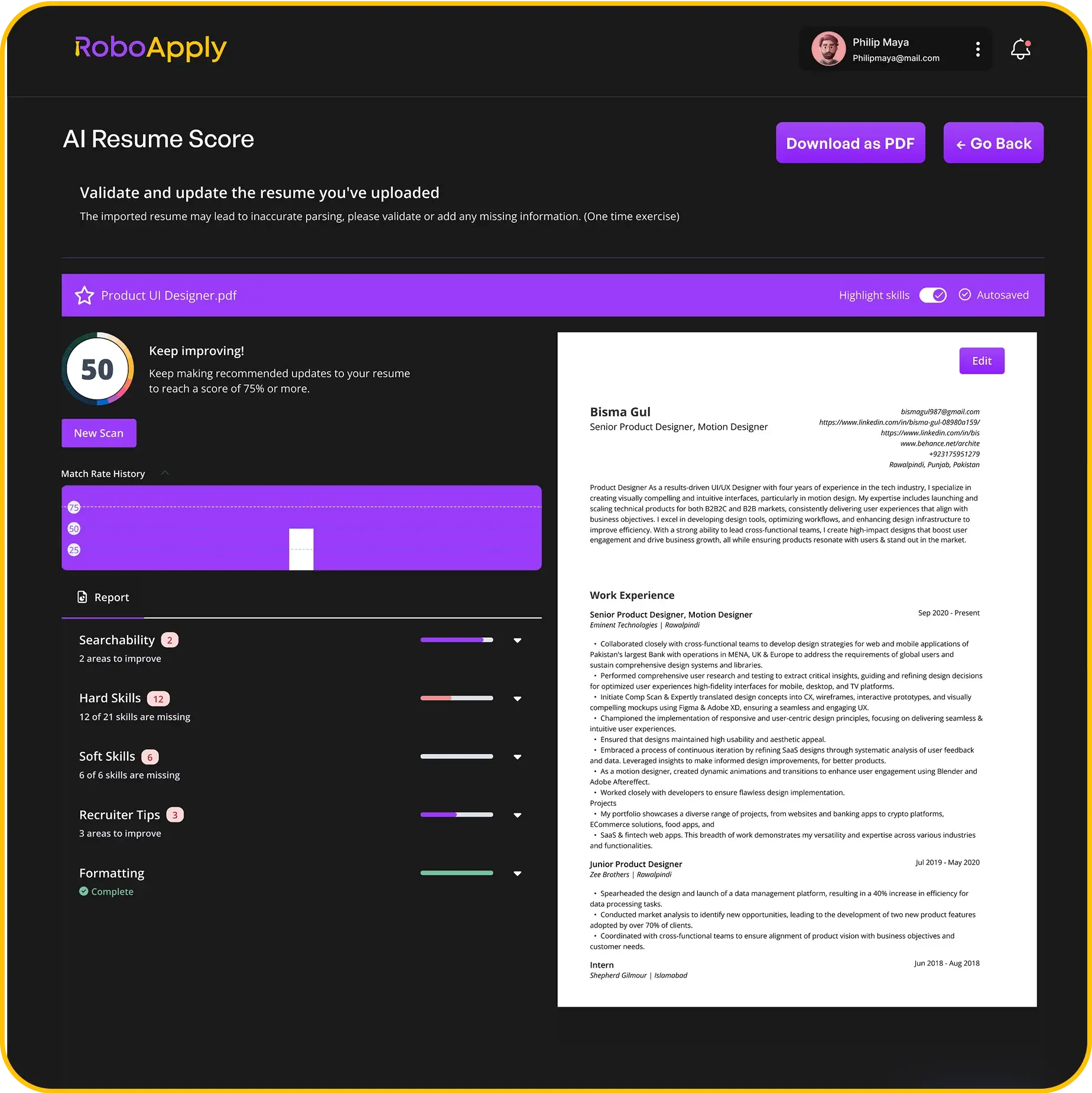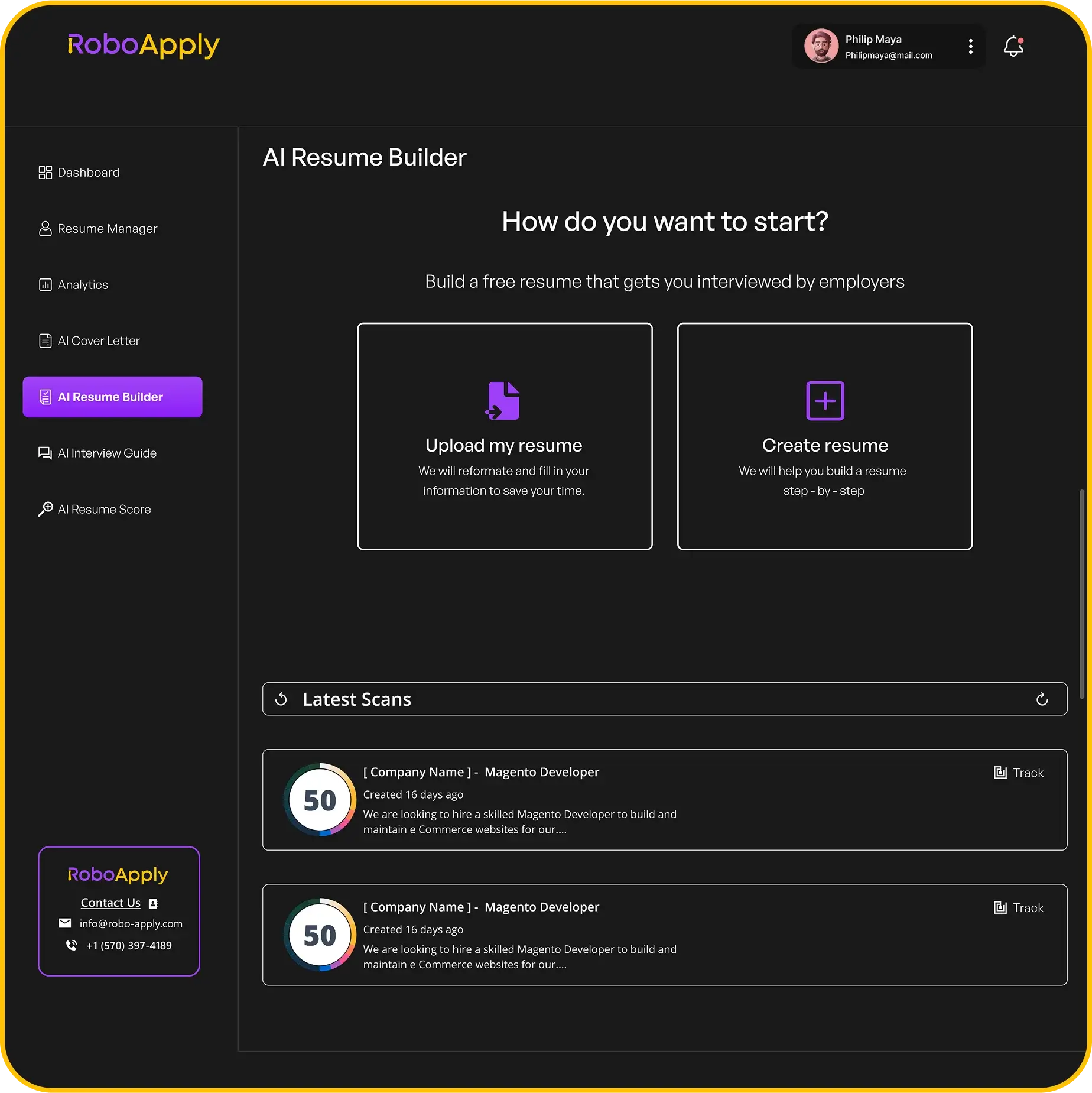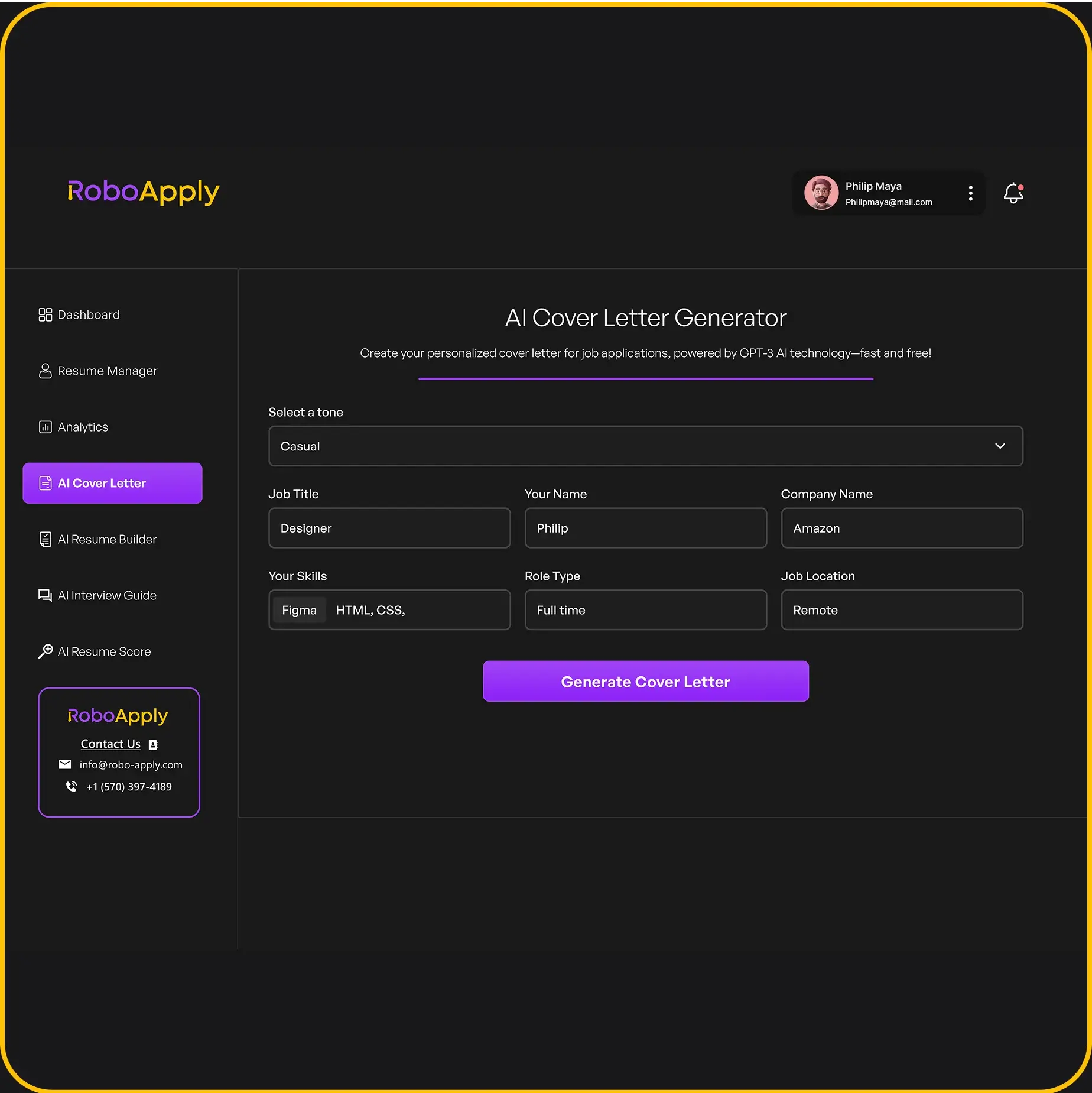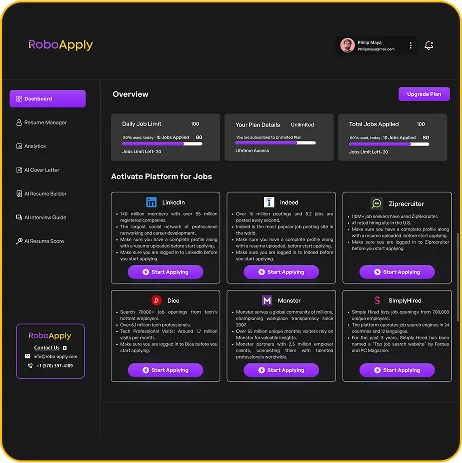So, you’re thinking about becoming a cashier, or maybe you’re already one and want to get even better? Awesome! Being a cashier is more than just scanning items and taking money. It takes a bunch of different abilities to do it well. This cashier skills list will show you what really matters to be a top-notch cashier. We’ll cover everything from handling money to making customers happy. Let’s get into it!
Key Takeaways
- Handling money accurately and knowing how to use the register are super important.
- Making customers feel good and solving their problems calmly is a big part of the job.
- Being able to pay attention to small details and staying calm under pressure helps a lot.
- Managing your time well and doing a few things at once keeps lines moving.
- Talking clearly and listening to customers makes everything smoother.
Mastering Financial Transactions

This section focuses on the skills needed to handle money and transactions accurately and efficiently. It’s not just about making change; it’s about understanding the whole financial process at the checkout.
Accurate Cash Handling and Change Calculation
Being able to count money correctly is super important. It sounds simple, but mistakes can happen easily, and they can cost the store (or you!) money. You need to be fast and accurate when counting cash, giving change, and balancing your drawer at the end of your shift. A big part of this is following a secure cash handling policy to minimize errors and prevent theft. Here are some tips:
- Always count the money back to the customer when giving change.
- Use the cash register to calculate the change, even if you think you know it in your head.
- Keep different denominations of bills and coins organized in your drawer.
It’s a good idea to practice counting money quickly and accurately. You can use a cash register simulator online or even just practice with play money. The more you practice, the more confident you’ll become.
Proficiency with Point-of-Sale Systems
These days, most stores use point-of-sale (POS) systems to process transactions. It’s more than just a cash register; it’s a computer system that handles everything from scanning items to processing payments to tracking inventory. You need to know how to use the POS system efficiently. This includes:
- Scanning items quickly and accurately.
- Entering prices manually when necessary.
- Processing different types of payments (cash, credit, debit, gift cards).
- Applying discounts and coupons.
- Troubleshooting common problems, like a scanner that won’t scan.
Understanding Payment Methods
Customers use all sorts of ways to pay these days. You’ve got cash, of course, but also credit cards, debit cards, mobile payments (like Apple Pay and Google Pay), and gift cards. You need to know how to process each type of payment correctly. This means:
- Knowing how to use a credit card terminal.
- Understanding how to verify a customer’s ID when they pay with a credit card.
- Knowing how to process mobile payments.
- Understanding the store’s policy on accepting checks (if they even do that anymore!).
It’s also important to be aware of potential fraud. Learn how to spot counterfeit money and how to handle suspicious transactions. Staying up-to-date with the latest payment technologies and security measures is key. You can even use AI-powered cashier role-play simulations to improve your skills and confidence in handling different payment scenarios.
Delivering Exceptional Customer Service
Being a cashier isn’t just about scanning items; it’s about creating a positive experience for every customer. It’s about making them want to come back. This section explores the skills needed to provide top-notch service that goes beyond just processing transactions. It’s about building relationships and making customers feel valued.
Warm Greetings and Positive Interactions
First impressions matter. A warm greeting can set the tone for the entire transaction. Start with a smile and make eye contact. It shows you’re approachable and ready to help. Use the customer’s name if you know it. Small talk can also go a long way. Ask how their day is going or comment on the weather. These little things can make a big difference. Remember to maintain a positive attitude, even when things get busy. A friendly demeanor can turn a potentially negative experience into a positive one. This is a key aspect of customer service.
Resolving Customer Inquiries and Complaints
Inevitably, you’ll encounter customers with questions or complaints. The key is to remain calm and professional. Listen carefully to what the customer has to say. Let them explain the issue without interruption (unless they become abusive). Show empathy and acknowledge their frustration. If you don’t know the answer to a question, don’t be afraid to say so. Offer to find someone who can help. When dealing with complaints, apologize for the inconvenience and try to find a solution that satisfies the customer. This might involve a refund, an exchange, or a discount on their next purchase.
Here’s a simple process for handling complaints:
- Listen attentively.
- Acknowledge the issue.
- Offer a solution.
- Follow up to ensure satisfaction.
Remember, how you handle a complaint can turn a dissatisfied customer into a loyal one.
Building Customer Loyalty
Building customer loyalty is about creating a lasting relationship with your customers. It’s about making them feel valued and appreciated. One way to do this is to remember their preferences. If you see a regular customer buying the same item, you might say, "Looks like you’re stocking up on your favorite coffee again!" Another way to build loyalty is to offer personalized recommendations. If a customer is buying a new grill, you might suggest some grilling accessories or a particular type of charcoal. You can also promote loyalty programs and special offers. Make sure customers are aware of any discounts or rewards they can earn by shopping at your store. By providing excellent service and building relationships, you can turn one-time shoppers into loyal customers. This is how you can improve lasting customer relationships and boost sales.
Cultivating Essential Workplace Qualities
Being a cashier isn’t just about scanning items and taking money. It’s also about showing up with the right attitude and approach to work. These qualities make you a better employee and contribute to a more positive work environment for everyone.
Maintaining Attention to Detail
Accuracy is super important when you’re handling money and transactions. You need to pay close attention to every item scanned, every bill counted, and every receipt printed. Even small errors can add up and cause problems later on. It’s about making sure everything is correct the first time, every time. This also means spotting potential issues, like a transactional discrepancy, before they become bigger headaches.
Practicing Patience and Composure
Let’s be real, some customers can be challenging. Maybe they’re upset about something, or maybe they’re just having a bad day. Patience is key in these situations. Staying calm and composed, even when things get stressful, can make a huge difference. It helps de-escalate tense situations and ensures that you treat every customer with respect, no matter what. Plus, it makes your job a lot less stressful too.
Demonstrating Adaptability and Flexibility
The retail world is constantly changing. New products, new procedures, new technologies – there’s always something different. Being able to adapt to these changes is a must. It means being open to learning new things, adjusting to different situations, and being willing to help out wherever you’re needed. This adaptability makes you a more valuable member of the team and helps the store run smoothly, even when things get hectic.
Being adaptable also means being able to handle unexpected situations with grace. Maybe the system goes down, or maybe there’s a sudden rush of customers. Whatever it is, being able to think on your feet and find solutions is a skill that will take you far.
Optimizing Workflow and Efficiency

Being a cashier isn’t just about scanning items; it’s about making the whole process smooth and quick for everyone. It’s about getting customers through the line without a hitch and keeping things moving, especially when it’s super busy. Here’s how to make that happen.
Effective Time Management Strategies
Time is money, right? As a cashier, you’ve got to make every second count. One key thing is to plan your day. Before your shift even starts, take a quick look at what’s coming up. Are there any big sales planned? Any events that might bring in more customers? Knowing this helps you get ready. Also, keep your workspace tidy. A clean counter means you’re not wasting time searching for things like tape or extra bags. It’s all about being ready to go.
- Check the schedule for potential busy times.
- Organize your checkout area before your shift.
- Keep essential supplies within easy reach.
Prioritizing Tasks During Peak Hours
When the store is packed, it’s easy to feel overwhelmed. But don’t panic! Prioritizing is your best friend. Focus on what needs to be done right now. For example, if there’s a long line, your main job is to get people checked out as fast as possible. Save the restocking or cleaning for when things slow down a bit. And if you see someone who looks like they’re in a hurry, try to help them out quickly. It makes a big difference to the customer experience. Retailers can prevent cash register discrepancies by staying focused.
During peak hours, remember to breathe. It’s easy to get stressed, but staying calm helps you think clearly and make good decisions. A quick deep breath can do wonders.
Seamless Multitasking Abilities
Okay, multitasking. It’s a skill, but it’s also about being smart. You’re not just doing a bunch of things at once; you’re doing them efficiently. For example, while the customer is getting their wallet out, you can already be scanning the next item. Or, while the receipt is printing, you can be bagging their stuff. It’s about finding those little moments to save time. Just remember to stay focused on the customer and don’t let multitasking make you seem rushed or unfriendly. Optimizing retail store operations is key.
| Task | Time Saved (Seconds) | Notes |
|---|---|---|
| Scan Next Item | 5-10 | While customer searches for payment. |
| Bag Items While Printing | 3-7 | Keeps the line moving. |
| Verify ID | 2-4 | Do it while the card processes. |
Enhancing Communication and Interpersonal Skills
Being a cashier isn’t just about scanning items and counting change. It’s also about how you interact with people. Communication skills can really make or break a customer’s experience, and they definitely impact your work environment.
Clear Verbal Communication
Speaking clearly and respectfully is key. Customers need to understand you, whether you’re explaining a promotion or answering a question about an item. It’s not just what you say, but how you say it. Avoid using slang or jargon that customers might not understand. Also, remember to be patient and speak at a reasonable pace, especially with customers who may have difficulty hearing or understanding.
Active Listening Techniques
Active listening is more than just hearing what someone says; it’s about understanding their message. Here’s how to do it:
- Make eye contact to show you’re engaged.
- Nod and use verbal cues like "I see" or "Okay" to acknowledge what they’re saying.
- Ask clarifying questions to ensure you understand their needs.
By actively listening, you can address customer concerns more effectively and build trust. It shows that you value their input and are committed to helping them.
Professional Non-Verbal Cues
Non-verbal cues speak volumes. A smile can brighten someone’s day, and maintaining good eye contact shows you’re engaged and attentive. Here are some other important non-verbal cues:
- Maintain a relaxed and open posture.
- Avoid crossing your arms, which can signal defensiveness.
- Use appropriate facial expressions to convey empathy and understanding.
| Cue | Message |
|---|---|
| Smiling | Friendliness, approachability |
| Eye Contact | Attentiveness, honesty |
| Open Posture | Receptiveness, willingness to help |
Mastering these skills will not only improve customer interactions but also create a more positive and efficient work environment. Good communication is the foundation of excellent customer service and teamwork. It’s about making customers feel welcome and valued.
Navigating Challenges with Problem-Solving

Being a cashier isn’t always smooth sailing. Things break, customers get confused, and sometimes, you just have to think on your feet. That’s where problem-solving skills become super important. It’s not just about ringing people up; it’s about handling the unexpected with grace and efficiency. Cashiers need to be ready to address a variety of issues, from technical glitches to customer disagreements.
Identifying Transactional Discrepancies
Ever had an item ring up at the wrong price? Or a coupon that won’t scan? These transactional discrepancies happen. The first step is to stay calm. Check the item’s tag, the store’s pricing system, and any relevant promotions. If you can’t figure it out, don’t hesitate to ask a supervisor. Documenting these issues helps prevent them in the future. Here’s a simple way to track common errors:
| Discrepancy Type | Frequency | Resolution |
|---|---|---|
| Incorrect Price | 3/week | Price override |
| Coupon Not Scanning | 2/week | Manual entry |
| Discount Misapplied | 1/week | Supervisor approval |
Troubleshooting Technical Issues
Registers freeze, scanners fail, and payment systems go down. It’s just part of the job. When tech goes haywire, start with the basics: check connections, restart the system, and look for error messages. If it’s a common problem, there might be a quick fix you already know. If not, call for tech support. While waiting, try to keep the line moving by offering alternative payment methods or opening another register if possible. Remember to stay patient; tech problems can be frustrating for everyone. Knowing how to handle point-of-sale systems is a must.
Applying Critical Thinking to Unexpected Situations
Sometimes, you’ll face situations that don’t have a clear-cut solution. Maybe a customer wants to return an item without a receipt, or there’s a sudden power outage. In these cases, critical thinking is key. Consider all the available information, weigh the options, and make the best decision you can. If you’re unsure, consult with a supervisor. Documenting these unusual situations can help create better policies for the future. Adaptability is key, and you can highlight adaptability in your resume to show employers you’re ready for anything.
Problem-solving isn’t just about fixing things; it’s about learning from each experience. Each challenge is an opportunity to improve your skills and contribute to a better customer experience. By staying calm, thinking clearly, and seeking help when needed, you can turn potential problems into positive outcomes.
Developing Comprehensive Product Knowledge

Being a cashier isn’t just about scanning items and taking money. It’s also about knowing what you’re selling! Customers will have questions, and you need to be ready with answers. Think of it as being a walking, talking product encyclopedia. It’s more than just knowing where things are; it’s about understanding what they do.
Familiarity with Store Inventory
First, you need to know what your store carries. This means more than just knowing the general categories. You should know the specific brands, models, and variations available. Take some time to walk the aisles, familiarize yourself with the layout, and pay attention to new arrivals. This will help you quickly locate items and answer customer inquiries efficiently. Knowing the store inventory is a big part of the job.
Assisting Customers with Product Information
Customers often need help deciding between products. They might ask about features, benefits, or comparisons. Being able to provide accurate and helpful information can make a big difference in their shopping experience. For example, if a customer is looking for a specific type of battery, you should be able to explain the differences between alkaline, lithium, and rechargeable options. You can also point out any special features or warranties. This is where your product knowledge really shines.
Understanding Promotional Offers
Promotions and discounts are a big part of retail. You need to be aware of current offers, including sales, coupons, and loyalty programs. This allows you to inform customers about potential savings and help them get the best deals. It also prevents confusion and ensures that customers are charged correctly. Knowing the promotional offers can also help you upsell or cross-sell related items.
Staying informed about products and promotions requires continuous learning. Read product labels, attend training sessions, and ask your manager for updates. The more you know, the better you can serve your customers and contribute to the success of the store.
Want to get really good at understanding your products? It’s super important for success! Learning all the ins and outs helps you explain things better and help customers more. To get started on your journey to becoming a product expert, check out our website for more tips and tricks.
Wrapping It Up: Your Path to Cashier Success
So, we’ve gone over a lot of stuff that makes a good cashier. It’s not just about scanning items and taking money. You need to be good with numbers, quick with the register, and really good at talking to people. Knowing the products helps a lot, too. And when things get busy, being able to do a few things at once without messing up is a big deal. Problems will pop up, so knowing how to fix them calmly is key. Managing your time keeps lines moving, and being flexible means you can handle whatever comes your way. If you keep working on these things, you’ll not only do great as a cashier but also set yourself up for other good jobs down the road. Just keep learning and trying to get better!
Frequently Asked Questions
What are the most important skills for a cashier?
Being a great cashier means you’re good with numbers, friendly to customers, and quick with the register. You need to handle money carefully, know how to use the store’s computer system, and always be polite, even when things get busy. It’s also important to pay close attention to details so you don’t make mistakes.
What is a POS system, and why is it important for cashiers?
Cashiers use a special computer system called a Point-of-Sale (POS) system. This system helps them ring up items, take payments, and sometimes even check how much stuff is left in the store. Learning how to use it well makes your job much easier and faster.
How should a cashier handle an unhappy customer?
When a customer is upset, the best thing to do is stay calm and listen to what they’re saying. Try to understand their problem and offer a solution. If you can’t fix it yourself, ask your manager for help. Being patient and understanding can make a big difference.
Why is good communication important for cashiers?
Good communication means speaking clearly and listening carefully. It also includes smiling and making eye contact. When you communicate well, customers feel welcome and understood, which makes their shopping experience better.
How can cashiers avoid making errors during transactions?
To avoid mistakes, you should always double-check your work, especially when giving change or ringing up items. Pay close attention to the prices and make sure you scan everything correctly. Taking a moment to be careful can save a lot of trouble later.
Why do cashiers need to know about the products in the store?
Knowing about the products the store sells helps you answer customer questions easily. If someone asks where something is or what it’s used for, you can help them right away. This makes customers happy and shows you’re good at your job.
